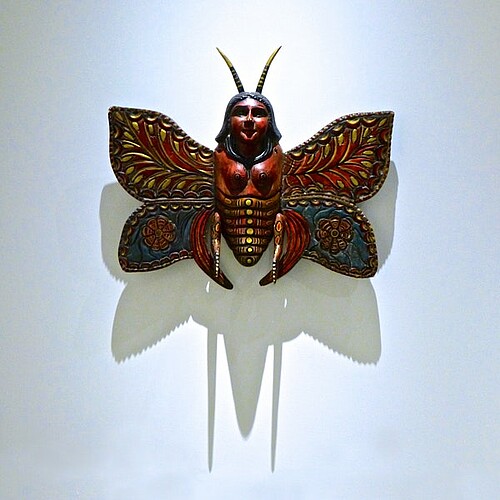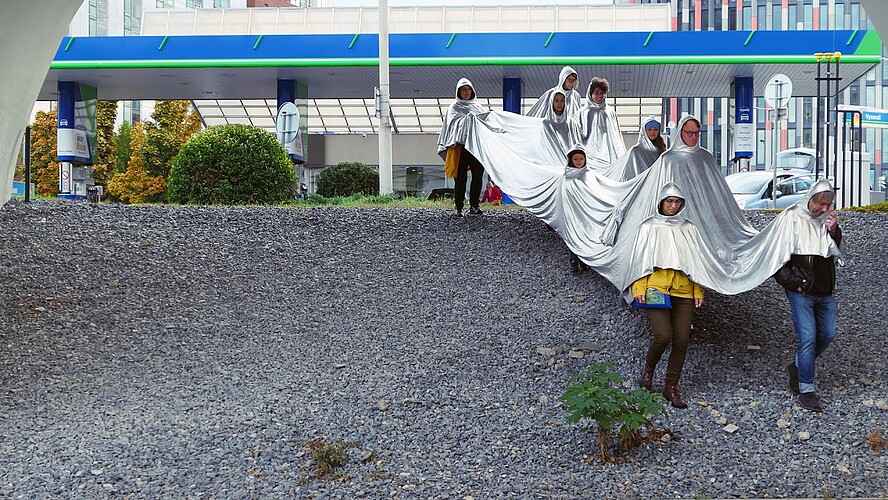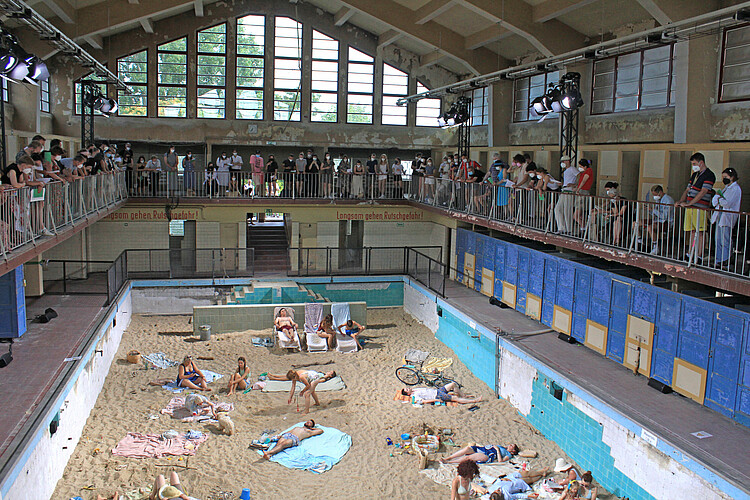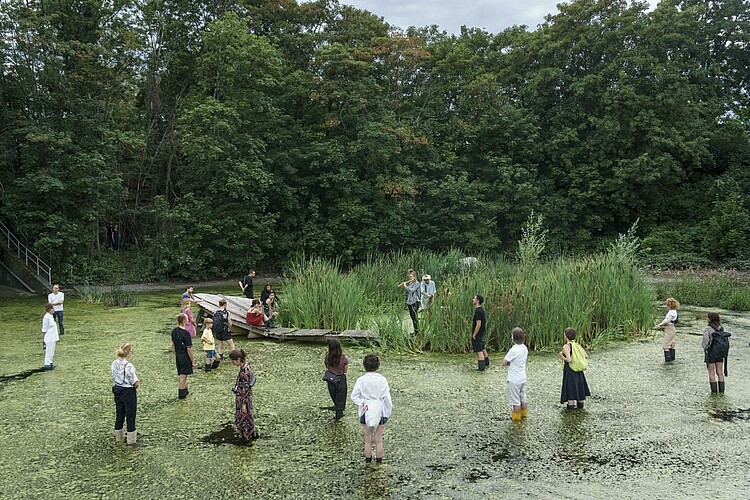studio raumproduktion 23: do what you want - „Cross-pollination or resistance by design“
studio raumproduktion 23: do what you want - „Cross-pollination or resistance by design“
The "do what you want" studio has been in existence for several years. With this format, we aim to promote and explore experimental ideas and working methods; to encourage students to build confidence in their research skills and to foster their own creative and critical thinking. We want everyone to develop their own radical idea - which we then take forward together.
In other words, this semester we will combine the individual projects with the common research question of what tools we have as designers to meaningfully participate in societal developments.
Specifically: How can practices, methods and approaches from the fields of architecture, art and research help us to critically engage with current times and develop new ideas? So we also want to question the status quo of current, one-dimensional methods of architecture. How? "Cross-pollination or resistance by design".
The basic idea is based on an analogy from botany: "Cross-pollination". Seeds produced by cross-pollination can combine the hereditary characteristics of both parents, and the resulting offspring are generally more adaptable and thus more likely to survive than those produced by self-pollination. Diversity therefore has an evolutionary advantage.
For architecture, this means that if we are serious about finding solutions to today's climatic or societal crises, we need to move away from the iconicity of the individual, heroic designer - and towards collaborative methods that use diverse perspectives and approaches. As Donna Haraway (Situated Knowledges, 1988; Remaining Restless, 2016) argues, humans are continually seduced by genius, order, and beauty in the pursuit of Enlightenment myths - which then leads to outcomes that are unreflective and place the individual above others ("other-then-humans"). This is also why, for example, in 2003 Jane Rendell introduced the idea of "critical spatial practice." It looks at the social conditions of the places it intervenes in, questions them - and seeks to explore the limits and processes of its own disciplines.
Thus, to achieve a transformation toward a desirable future, we must resist the previous, one-dimensional ways of doing things ("resistance"), and apply new, collaborative ways for co-creation, active action ("by design").
Throughout the process, students should organise themselves, exchange ideas, collaborate. From the competition of individual ideas to cooperative structures that then further develop these ideas together. "Do what you want" is radically individual and at the same time solidary and collaborative. All participants of the course give each other feedback, support each other on the way to explore the specific questions. We want the studio to be a safe space for working with uncertain outcomes and exploring sensitive questions.
At the beginning of the semester (9.-12.05) we go to Luckenwalde for an intensive week. This time is like a residency, where the students work on their individual ideas and at the same time are in constant exchange with each other through joint workshops and phases.
The art center E-Werk Luckenwalde is the location of the residency. As the first art power plant in the world, it is a built and lived example of transdisciplinary approaches.
The former brown coal power plant was reopened in 2019 by the art collective Performance Electrics gGmbH under the direction of Pablo Wendel, it produces electricity, which is delivered to the public grid and can be purchased as art. At the same time, it is about the feasibility of sustainability in everyday life, to make art and culture more sustainable in ecological and economic terms, and furthermore to drive social transformation with art and culture.
participants: 10
studio day: Mittwoch
place: Raum 401
intensive week: E-Werk Luckenwalde 09.-12.05.23
first meeting: 19.04.23 - 18.00h in 401




